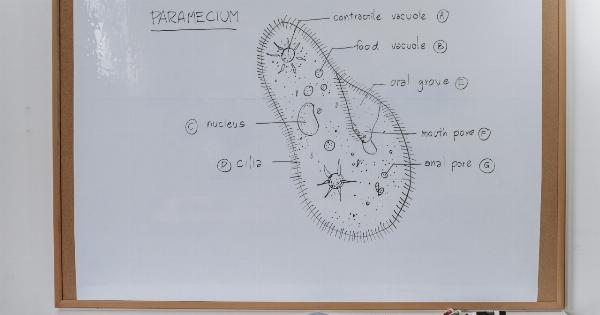Gynecological cancers are a significant health concern for women worldwide. These types of cancers can affect the cervix, uterus, ovaries, fallopian tubes, vulva, and vagina.
Various factors contribute to the development of gynecological cancers, including genetics, hormonal imbalances, sexually transmitted infections (STIs), and even the use of contraceptive methods. This article aims to explore the relationship between contraceptive methods and the risk of gynecological cancer.
The Pill and Gynecological Cancer
Oral contraceptives, commonly known as “the pill,” have been widely used by women to prevent unwanted pregnancies. The pill contains synthetic hormones, usually a combination of estrogen and progestin, which regulate ovulation.
Studies have shown both positive and negative associations between oral contraceptives and gynecological cancer risk.
1. Cervical Cancer: Numerous studies have found that long-term use of oral contraceptives is associated with an increased risk of developing cervical cancer.
The risk is thought to be related to the hormonal changes caused by the pill, which may facilitate the persistence of high-risk human papillomavirus (HPV) infections.
2. Endometrial Cancer: On the flip side, oral contraceptive use has consistently been shown to reduce the risk of endometrial cancer.
The protective effect is believed to be due to the suppression of estrogen, which plays a crucial role in the development of endometrial cells.
3. Ovarian Cancer: The use of oral contraceptives has been found to significantly decrease the risk of ovarian cancer. The longer the duration of use, the greater the protective effect.
This reduction in risk is thought to be associated with the hormonal suppression of ovulation and the subsequent decrease in the number of times the ovary is exposed to potential cancer-causing agents.
Intrauterine Devices (IUDs) and Gynecological Cancer
Intrauterine devices (IUDs) are a highly effective long-acting reversible contraceptive method. They come in two main types: copper IUDs and hormonal IUDs.
While the risk of gynecological cancer is generally low with the use of IUDs, there are some considerations to keep in mind.
1. Cervical Cancer: The risk of cervical cancer does not seem to be affected by IUD use, neither negatively nor positively. Regular cervical cancer screenings, such as Pap smears, should still be performed as recommended by healthcare professionals.
2. Endometrial Cancer: Hormonal IUDs, which release progestin, have shown a protective effect against endometrial cancer. The progestin thins the endometrial lining, reducing the risk of abnormal cell growth.
Copper IUDs, on the other hand, do not have a hormonal component and, therefore, do not provide the same protective effect.
3. Ovarian Cancer: Limited research indicates that the use of IUDs may reduce the risk of ovarian cancer. However, further studies are needed to establish a firm link between the two.
Barrier Methods and Gynecological Cancer
Barrier methods, such as condoms and diaphragms, are contraceptive options that physically prevent sperm from reaching an egg. These methods do not involve the use of hormones and, therefore, have minimal impact on gynecological cancer risk.
1. Cervical Cancer: Barrier methods provide some level of protection against cervical cancer by acting as a physical barrier between the cervix and infectious agents, including high-risk strains of HPV.
2. Endometrial Cancer: Since barrier methods do not affect hormonal levels, they do not directly impact the risk of endometrial cancer.
3. Ovarian Cancer: Similar to endometrial cancer, barrier methods do not have a particular influence on the risk of ovarian cancer.
Sterilization and Gynecological Cancer
Sterilization is a permanent form of contraception that involves blocking or sealing the reproductive tubes to prevent the sperm from reaching the egg. This method can be achieved through tubal ligation in females and vasectomy in males.
1. Cervical Cancer: Sterilization does not have a direct impact on the risk of cervical cancer.
2. Endometrial Cancer: The risk of endometrial cancer is not significantly affected by sterilization.
3. Ovarian Cancer: Studies have suggested that tubal ligation may reduce the risk of ovarian cancer. The exact mechanism behind this association is still unclear.
Conclusion
The relationship between contraceptive methods and the risk of gynecological cancer is complex and varies depending on the specific type of cancer. While some methods may increase the risk of certain cancers, others provide protection.
It is crucial for individuals to consult with healthcare professionals to understand the potential benefits and risks associated with different contraceptive methods.






























